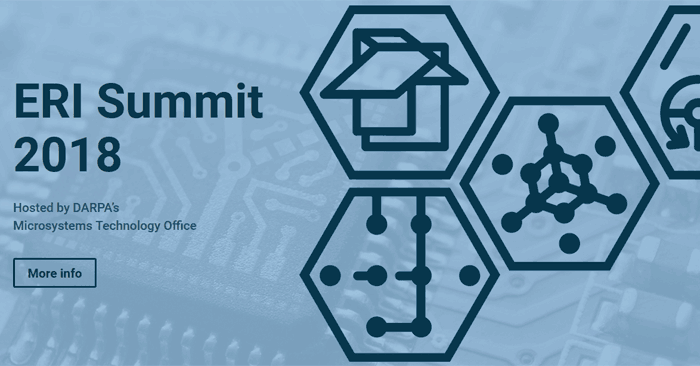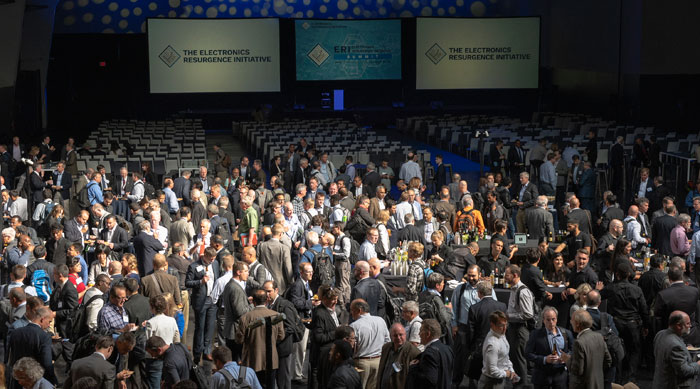DARPA, the US Defence Advanced Research Projects Agency, has selected the research teams that will be working on creating the next wave of US semiconductor design innovation. The governmental body reckons that it is far too difficult for small entities, as well as the Department of Defence (DoD), to leverage the high performance technology needed to design complex circuits for defence applications. Thus it is funding a programme, with $1.5 billion over five years, to address this key problem.

The programme is dubbed the DARPA Electronics Resurgence Initiative (ERI) and research teams from academia, commercial industry, and the defence industrial base have been selected to address SoC design complexity and cost barriers. ERI is split into two initiatives; the Intelligent Design of Electronic Assets (IDEA) program and the Posh Open Source Hardware (POSH) program. IDEA and POSH will create a software-based, completely automated physical layout generator and an open-source intellectual property (IP) ecosystem. It is hopes that it will facilitate a 24-hour design cycle for DoD hardware systems, shorten upgrade cycles, and enable the proliferation of custom commercial and DoD-specific SoCs.
IDEA researchers will apply machine learning methodologies to continuously evolve and improve the performance of a layout generator for digital circuits, ICs, SiPs and PCBs. It will essentially eliminate the DoD's resource and expertise gap associated with custom electronic hardware design.
POSH will concentrate on SoC design research. The aim is to create an open source SoC design and verification ecosystem that will enable the cost-effective design of ultra-complex SoCs. Andreas Olofsson, the Microsystems Technology Office program manager leading IDEA and POSH, said that "Through POSH, we hope to eliminate the need to start from scratch with every new design, creating a verified foundation to build from while providing deeper assurance to users based on the open source inspection process."

In its coverage of the above news, MIT Technology Review talked about the end of the Moore's Law era. The ERI program was likened to bringing the craft brewing revolution to electronics. To get to where the program wants to be needs more than AI, ML and software it is thought. "Radically new materials, and new ways of integrating computing power and memory, will be needed," reckons MIT Technology Review. Interestingly, the $1.5 billion initiative was criticised for being below what is needed to address the challenges and it is hoped that a grassroots chip design movement will fill in the gaps.













